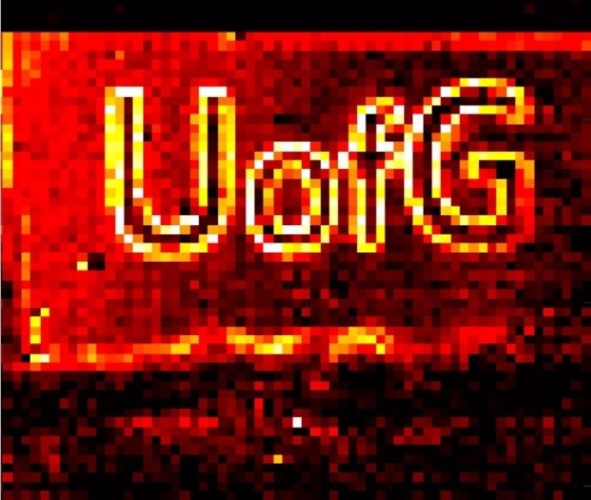Hong-Ou-Mandel effect harnessed for quantum microscopy
A quantum imaging breakthrough could lead to advanced forms of microscopy for use in medical research and diagnostics, claim physicists in Scotland.

A team from Glasgow University and Heriot-Watt University said they have found a new way to create detailed microscopic images under conditions that cause conventional optical microscopes to fail.
In a new paper published in Nature Photonics, the team describe how they have generated images by finding a new way to harness a quantum phenomenon called the Hong-Ou-Mandel (HOM) interference.
According to Glasgow University, HOM interference occurs when quantum-entangled photons are passed through a beam splitter – a glass prism that can turn a single beam of light into two separate beams as it passes through. Inside the prism, the photons can be reflected internally or transmitted outwards.
CLICK FOR MORE ENGINEERING NEWS
When the photons are identical, they will always exit the splitter in the same direction, a process known as ‘bunching’. When the entangled photons are measured using photodetectors at the end of the path of the split beam of light, a characteristic ‘dip’ in the output probability graph of the light shows that the bunched photons are reaching only one detector and not the other.
Register now to continue reading
Thanks for visiting The Engineer. You’ve now reached your monthly limit of news stories. Register for free to unlock unlimited access to all of our news coverage, as well as premium content including opinion, in-depth features and special reports.
Benefits of registering
-
In-depth insights and coverage of key emerging trends
-
Unrestricted access to special reports throughout the year
-
Daily technology news delivered straight to your inbox










UK Enters ‘Golden Age of Nuclear’
The delay (nearly 8 years) in getting approval for the Rolls-Royce SMR is most worrying. Signifies a torpid and expensive system that is quite onerous...